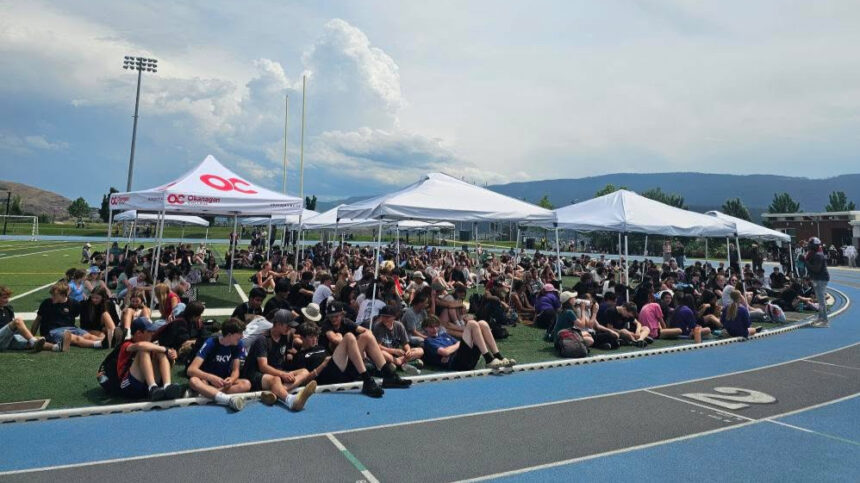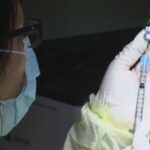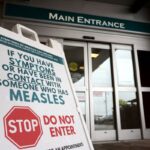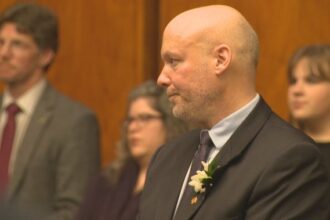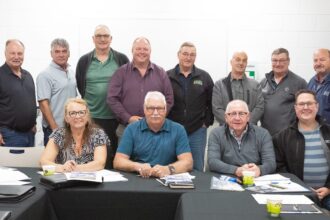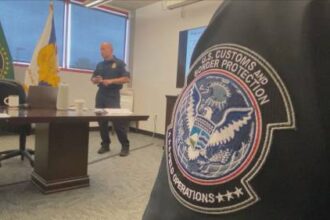Nearly 500 high school students from across the Okanagan Valley converged at Okanagan College’s Kelowna campus yesterday for a unique opportunity to explore careers in healthcare. The event, organized through a partnership between the college and School District 23, offered students a firsthand look at potential career paths in one of Canada’s most in-demand sectors.
As our healthcare system continues to face critical staffing shortages, this initiative represents a promising approach to nurturing the next generation of medical professionals. Students from grades 10 through 12 participated in interactive demonstrations, engaged with healthcare practitioners, and toured state-of-the-art training facilities at the college’s Health Sciences Centre.
“We’re seeing tremendous interest from young people who want to make a difference in healthcare,” said Dr. Neil Fassina, President of Okanagan College. “This event is about opening doors and showing students the incredible diversity of opportunities available to them right here in the Okanagan.”
The day-long event featured over 20 different healthcare disciplines, from nursing and pharmacy technology to mental health services and medical laboratory work. Students had the opportunity to practice CPR on simulation mannequins, examine anatomical models, and participate in hands-on diagnostic exercises.
What made this event particularly effective was the presence of current healthcare students and professionals who shared their experiences and insights. Many students expressed surprise at the variety of career options beyond the familiar roles of doctors and nurses.
“I came thinking I might want to be a nurse, but now I’m looking at respiratory therapy too,” said Emma Lawson, a Grade 11 student from Kelowna Secondary School. “Getting to actually try out some of the equipment and talk to people who work in these fields makes it seem much more real.”
For the Okanagan region, developing local healthcare talent has become increasingly important as Canada’s healthcare system continues to struggle with staffing challenges. Recent data from the Canadian Institute for Health Information indicates that rural and semi-urban areas like the Okanagan face particular difficulties in attracting and retaining healthcare professionals.
Kevin Kaardal, Superintendent of Central Okanagan Public Schools, emphasized the importance of such initiatives: “These students represent our future healthcare workforce. By exposing them to these opportunities early, we’re helping them make informed career decisions while addressing our region’s long-term healthcare needs.”
The event also highlighted educational pathways available locally. Okanagan College offers over 15 healthcare-related programs, many of which provide direct routes to employment or further specialization. Representatives from business and healthcare sectors were also present to discuss employment prospects and industry trends.
“What we’ve learned is that students often don’t realize they can complete their healthcare education right here in the Okanagan,” said Yvonne Moritz, Dean of Science, Technology and Health at Okanagan College. “Events like this show them they don’t necessarily need to leave the region to pursue these careers.”
As our population ages and healthcare demands grow, initiatives that connect students with potential careers in medicine and allied health fields become increasingly vital. The question now becomes: how can we build on the success of events like this to ensure sustainable healthcare staffing across Canada, particularly in communities outside major urban centers?

